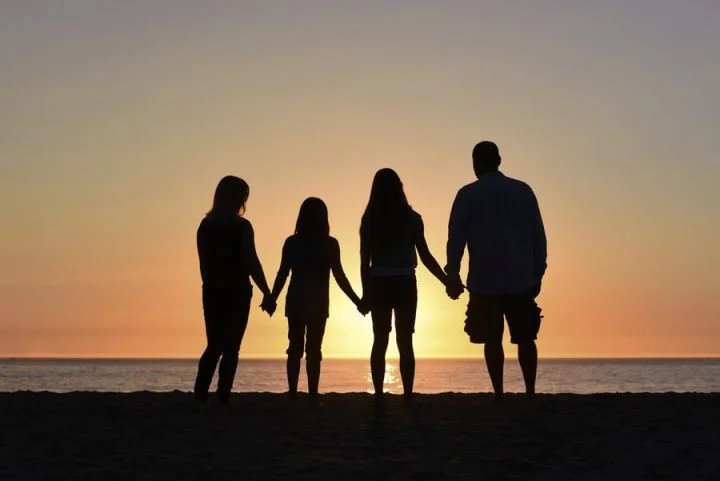Stories of redemption and renewal have always held a special place in literature. From ancient myths to contemporary novels, readers are drawn to narratives where characters confront failure, loss, or guilt and emerge with the possibility of transformation.
The theme of second chances resonates deeply because it reflects one of humanity’s most enduring hopes: the belief that mistakes do not define us forever and that change is possible. But why does literature about second chances feel so motivating, often leaving readers inspired long after the final page?
The universal appeal of redemption
At its core, second-chance literature taps into a universal human experience. Everyone has faced moments of regret or failure, whether in relationships, careers, or personal choices. When readers encounter characters who overcome setbacks, it provides a mirror for their own struggles. Fiction offers the safe space to witness what could happen if one embraces forgiveness or reinvention. The possibility that another chance might be waiting becomes both comforting and empowering, making these stories timeless across cultures and eras.
The emotional satisfaction of transformation
Part of the motivational power of second-chance stories lies in their emotional arc. Readers often experience catharsis when characters move from despair to hope. The tension between failure and recovery allows for dramatic emotional investment, and the resolution reinforces the idea that growth is achievable. This sense of transformation generates optimism: if fictional characters can face their darkest moments and emerge stronger, then so can readers in their own lives.
Moral lessons embedded in second-chance stories
Many of these works serve as moral explorations. Characters who receive second chances often wrestle with questions of responsibility, accountability, and forgiveness. By watching them struggle with these dilemmas, readers reflect on their own ethical choices. For example, a novel where a character rebuilds trust after betrayal highlights the value of honesty and perseverance. This moral layer makes second-chance literature more than entertainment; it becomes a framework for contemplating personal growth.
Diversity of second-chance narratives
What makes this literary theme rich is its diversity. Second chances can appear in many forms, and literature has explored them in countless ways. These include:
- Romantic second chances – Stories where estranged lovers reconnect, emphasizing forgiveness and the enduring nature of affection.
- Second chances at identity – Characters who reinvent themselves after failure, crime, or exile, underscoring resilience and reinvention.
- Second chances in society – Narratives of marginalized or oppressed characters finding belonging, reflecting social transformation.
- Second chances with fate – Magical or speculative tales where time is reversed, or choices are relived, allowing exploration of “what if” scenarios.
This variety ensures that every reader can find a story that resonates with their personal experience of loss and renewal.
The psychological impact on readers
Psychologically, second-chance literature reinforces the principle of resilience. Researchers in psychology note that narratives of renewal can strengthen readers’ belief in self-efficacy—the conviction that one can effect change in their own life. Reading about characters who overcome immense challenges creates a sense of vicarious mastery, motivating individuals to confront their own difficulties with more confidence. This connection between fiction and psychology explains why many readers turn to these stories in times of crisis.
Second chances and cultural storytelling traditions
The theme of renewal is not confined to modern novels. Ancient myths, religious texts, and folk tales often center on second chances. In many traditions, heroes undergo trials, fall short, and then return stronger after learning crucial lessons. From the biblical prodigal son to myths of rebirth in Greek and Hindu traditions, the idea that failure is not final has been passed down through generations. Literature builds on these cultural roots, ensuring the theme continues to resonate across time and place.
Second chances in contemporary fiction
Modern literature often frames second chances in relatable, everyday contexts. Novels about middle-aged characters restarting careers, fractured families finding reconciliation, or individuals recovering from addiction highlight struggles that many readers know intimately. These stories reassure readers that change is possible at any stage of life, challenging cultural narratives that associate renewal only with youth or extraordinary circumstances.
The role of forgiveness
Forgiveness—both of self and others—is often central to second-chance narratives. Literature illustrates how forgiveness can free characters from cycles of guilt and resentment. By witnessing these journeys, readers are reminded of the power of letting go, a message that often carries over into their own lives. The act of forgiving, even when difficult, becomes a cornerstone of renewal, reinforcing why these stories feel so emotionally uplifting.
Inspiration for real-world change
Literature does more than comfort; it can inspire tangible change. Readers motivated by second-chance narratives often reflect differently on their personal choices, careers, or relationships. A character who rebuilds life after failure may encourage a reader to attempt new goals or reconcile with someone estranged. The motivational quality lies in literature’s ability to connect abstract possibilities with concrete action, reminding readers that transformation is not confined to the page.
Why readers return to these stories
Second-chance stories endure because they provide hope in uncertain times. Whether during global crises, personal struggles, or everyday challenges, readers revisit these narratives for reassurance that tomorrow can be different from today. The cyclical structure of loss and renewal mirrors the rhythms of human life itself, making such stories continually relevant. Their motivational strength lies not in guaranteeing success but in affirming the possibility of renewal even when the future feels uncertain.
Second chances as enduring inspiration
What ultimately makes literature about second chances so motivating is its blend of realism and hope. These narratives acknowledge failure, pain, and disappointment while refusing to end there. They suggest that redemption is not only possible but deeply human. By reading about characters who embrace new beginnings, readers are reminded of their own capacity to grow, change, and find meaning again. In this way, second-chance literature continues to serve as a powerful source of inspiration, offering both comfort and courage for the challenges of real life.


